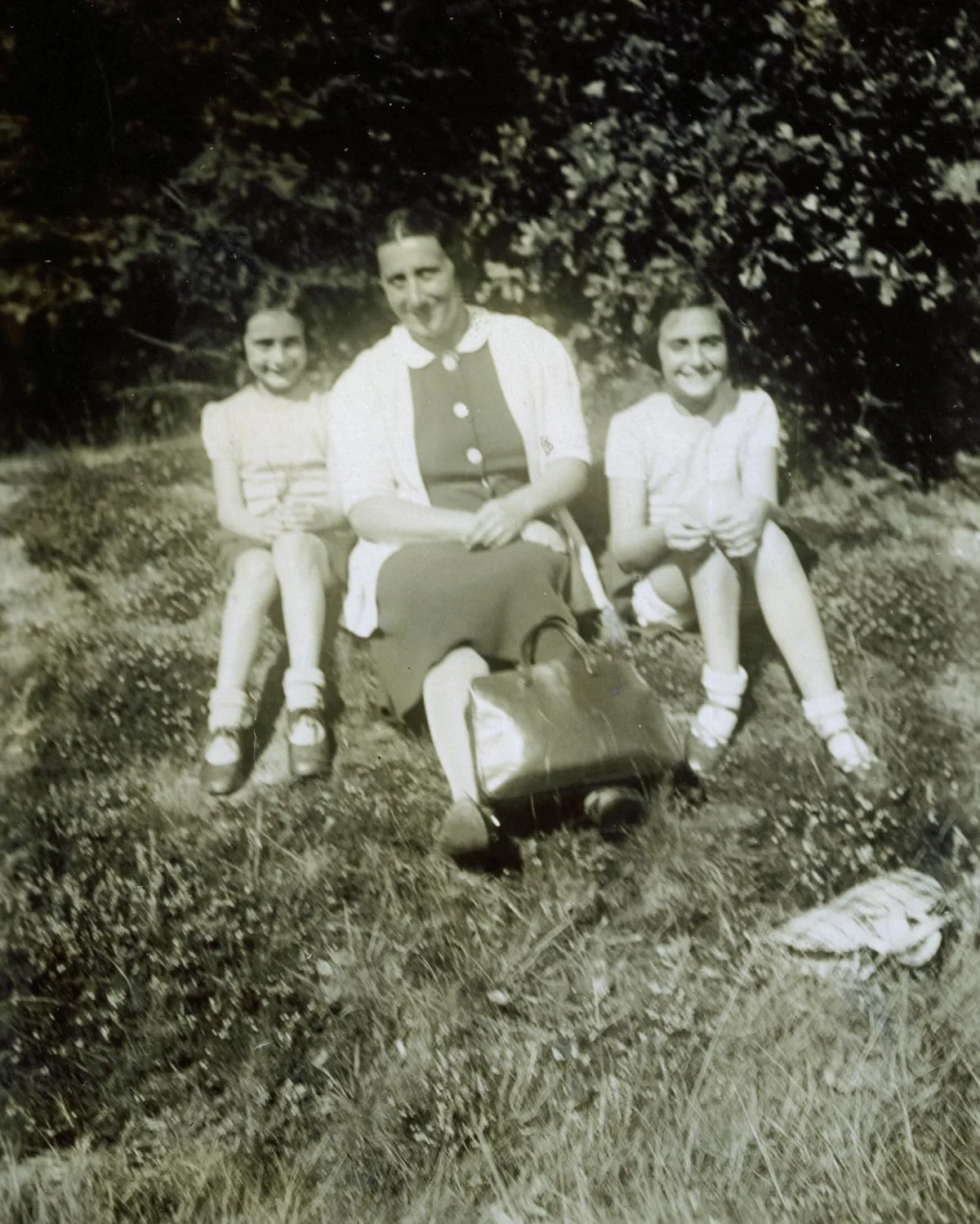
Anne Frank and Switzerland
Anne Frank had close ties with Switzerland. Here she spent happy days with the family, some of whom had been living in Basel since 1929.


Ice clown Buddy in action. YouTube / Anne Frank Fonds, Basel


Anne Frank had close ties with Switzerland. Here she spent happy days with the family, some of whom had been living in Basel since 1929.


